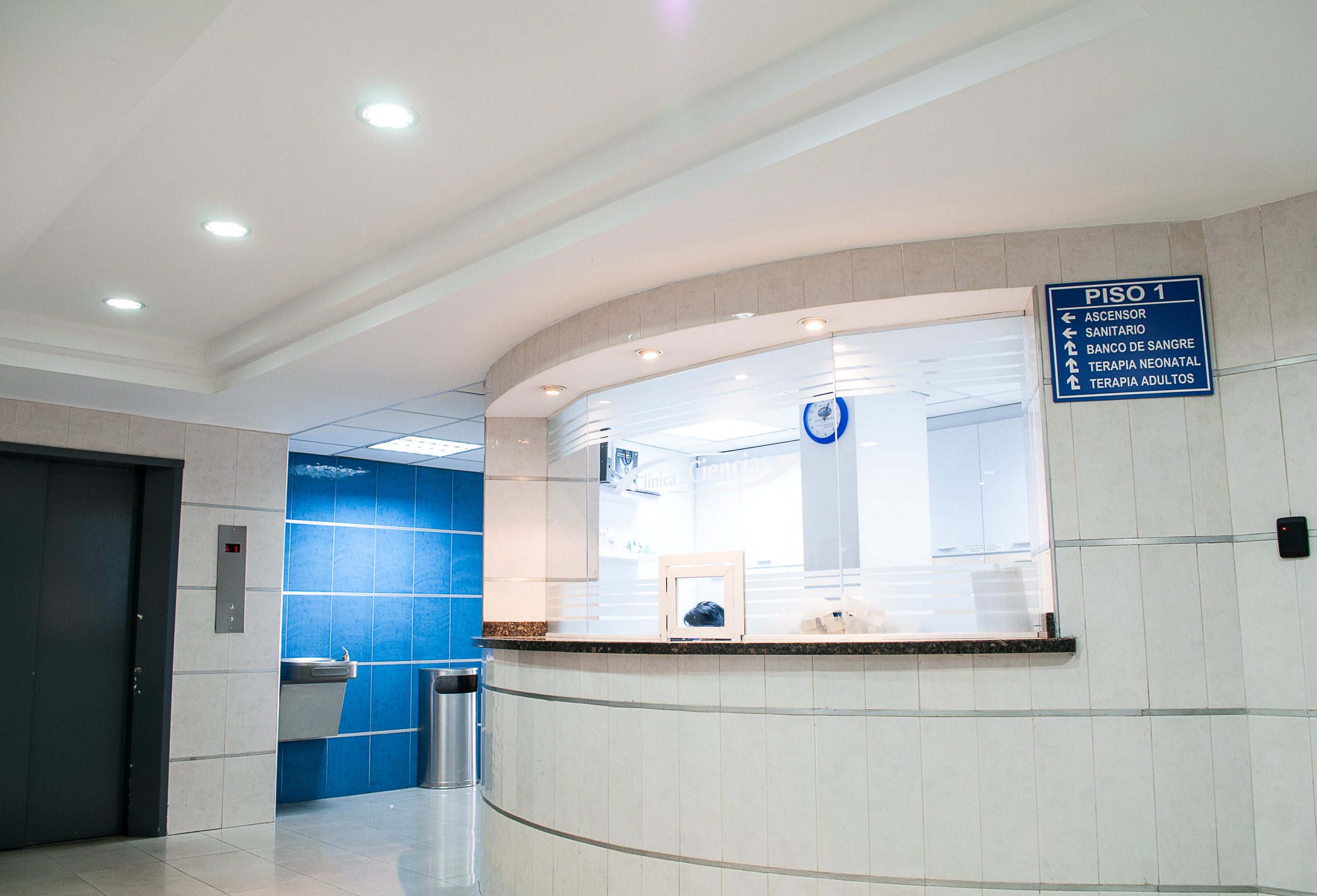The unprecedented global health crisis we face today due to the novel coronavirus has put pressure on certain sectors of the healthcare continuum. Despite this, it is still undeniable that the advancements in technology in recent years have improved the way healthcare services are provided. The hospice space, in particular, has displayed slow but steady growth in the past few years as well.
A recent Missouri study showed a 58% reduction in the costs of patient care for seniors at the end of life in hospices compared to when patients were managed in hospitals without hospice care. This is just one of the many research pieces demonstrating how the hospice space has evolved and how leaders and providers are preparing for more change.
As we continue treading through 2020, these trends are expected to impact home health and hospice and push leaders to rapidly adapt:
Medicare Advantage will continue to drive change
Medicare Advantage (MA) is a private health insurance program offered by the Centers for Medicare and Medicaid Services (CMS) and has been rapidly gaining population. More than one-third of Medicare subscribers have chosen MA, and experts suggest that this number can go as high as 30 million in the next few years.
MA has undergone policy changes and will continue to be improved by CMS to provide a wider range of benefits, effectively giving it the potential to become the nation’s first large-scale population health program.
The shift towards value-based payment models
The fee-for-service reimbursement model has always been the standard way to compensate care providers for the services they rendered. That was only until recent years when healthcare providers have started to transform the way they are reimbursed for their services by introducing their own value-based care models.
In the traditional fee-for-service model, the process was direct: providers are paid for the number of services they performed. However, some providers took advantage of this model by managing more patients and ordering more tests so that they can get paid more. This is the reason value-based care has been gaining attention. Unlike the traditional model, the newer payment models consider the quality of care provided rather than the quantity.
While this is vastly different from the traditional reimbursement model, value-based care shows greater potential in improving the quality of care while decreasing spending.
The rise of non-certified care
As MA is also expected to expand and tap into non-skilled care, non-certified caregivers are expected to take the center stage.
Before anything else, it’s important to note that some providers “certify” various positions to give their clients a sense of assurance that their carer has the knowledge and experience to provide good service. However, certifications in this sense are not absolute, but the absence of certification doesn’t necessarily mean a person cannot provide care.
Considering this, the next challenge for providers is to learn how to appropriately assess sub-capitated risks in personal care and other non-skilled providers.
The use of technology in health care
As advancements in technology continue to emerge and transform lives and everyday functions, healthcare providers must pay attention to their technological investments. These will help them organize, analyze, and access the enormous amount of patient and healthcare data in these increasingly digital times.
Conclusion
Amid the lockdown caused by the global pandemic, certain sectors in the healthcare continuum, such as the home care and hospice areas, continue to show sustained growth and development. Because of this, leaders and providers must learn how to navigate this health crisis while ensuring that they are making the necessary preparations to keep up with the rapidly changing scene.
Stay updated with the events and news in the healthcare industry. Get your regular dose of the latest health and medical news at our blog today!


















